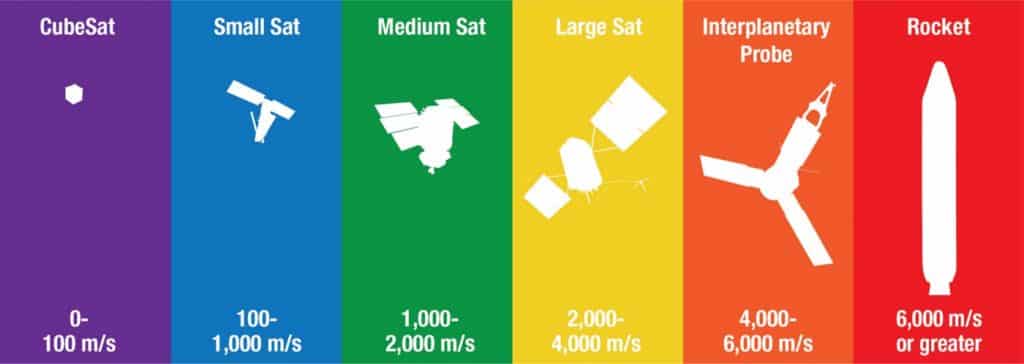What Are the Limiting Factors?
Things move differently in space than they do on Earth because of something called orbital mechanics. These physical truths, such as predictable orbit trajectories, altitude-dependent speed, and sluggish movements, might seem like limits. The most significant restriction in outer space is most likely the energy constraint, which is equivalent to variations in velocity (delta-v). Satellites are now deployed with all the propellant they will ever need. If you can’t refill your automobile, aircraft, or ship, your mobility is severely restricted. On-orbit fuel stores and advances in energy sources are being discussed, and both would be helpful, but it’s crucial to keep in mind just how huge the universe really is. With greater energy sources and more depot locations, there would still be restrictions imposed by the expanse of space. The U.S. Space Force supplies warfighters on the ground, in the sky, as well as at water with space-based technologies while also guaranteeing that we have unfettered passage to and movement across space. Hazards such as kinetic, laser, radio frequency (RF) interference/jamming, and cybersecurity are all addressed by the USSF. Every aspect of our daily lives is impacted by space, whether it’s GPS, telecommunications satellites, meteorological satellites, banking sectors, or any number of other uses.
What Would a War in Space Most Likely Look Like?
Space-to-space combat would unfold gradually and methodically. A great degree of accuracy is required for determining when to perform particular maneuvers and when to cross various orbits. It is conceivable that pre-positioning and mobility would begin weeks or months in advance of the event. The generation of space debris fields by kinetic weapons is a problem that affects everyone, regardless of who owns a spacecraft.
As a result, a full-out kinetic conflict might contribute to many orbits being unusable for generations, years, or even millennia, affecting both commercial and government owners and administrators. Non-kinetic weaponry will likely be preferred if parties are concerned about preserving the vacuum of space. A more feasible approach is to disable satellite sensors indefinitely or intermittently. This may have disastrous consequences for individuals who depend on satellite capabilities, however, it doesn’t provide for an exciting combat scenario.

